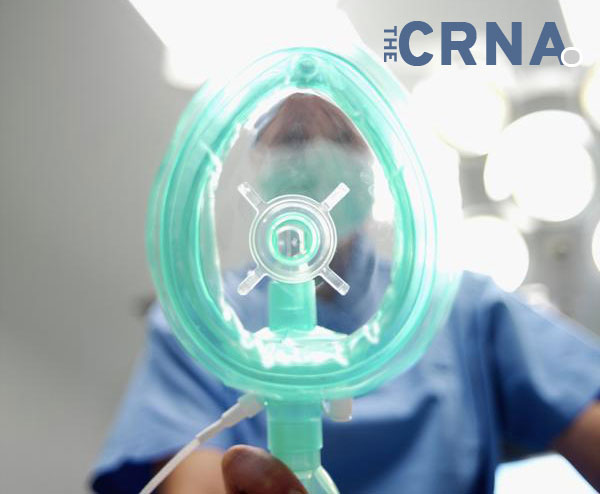Nurse Anesthetists: History, Qualifications, and Practice
National CRNA Week is taking place January 25-31, 2015. Get to know more about Nurse Anesthetists, their profession, and how they work to provide the safest and most effective anesthesia in a majority of all surgical cases in the United States.

History
For more than 150 years, nurse anesthetists have been administering anesthesia in all types of surgical cases, using all anesthetic techniques and practicing in every setting in which anesthesia is administered.
Nurse anesthesia was the first clinical nursing specialty, and was established in the late 1800s to meet the demands that surgeons had for anesthetists.
Nurse anesthetists have helped to shape the field of anesthesia, and have played a critical role in developing the practice.
Qualifications
CRNAs have a minimum of 7 to 8 years of education and training specific to nursing and anesthesiology before they are licensed to practice anesthesia.
Certified Registered Nurse Anesthetists obtain an average of 3.5 years of critical care nursing experience before entering a nurse anesthesia program. They are the only anesthesia professionals with this level of critical care experience prior to entering an educational program.
CRNAs are trained to administer every type of anesthesia, to every type of patient, in every healthcare setting where anesthesia is used.
CRNAs and Anesthesiologists use the exact same methods to deliver anesthesia.
Practice
There are currently over 48,000 Certified Registered Nurse Anesthetists and student registered nurse anesthetists in the United States.
In majority of all surgical cases, a Certified Registered Nurse Anesthetist administers anesthesia.
CRNAs are the primary providers of anesthesia care in rural areas, to maternity patients, and in the Veteran’s Administration and U.S. military.
CRNAs and Anesthesiologists may collaborate within an Anesthesia Care Team environment, however, due to their extensive education, training, and critical care nursing background, CRNAs can also work independently of anesthesiologists.
Studies confirm that anesthesia care is equally safe regardless of whether it is provided by a CRNA working alone, an anesthesiologist working alone or a CRNA working with an anesthesiologist.
For more facts and information on Certified Registered Nurse Anesthetists, view the following resources provided by the AANA: CRNAs Education and Training and CRNAs At a Glance and CRNAs Valuable Role in the Changing Healthcare Landscape
1. No Harm Found When Nurse Anesthetists Work Without Supervision By Physicians
2. Council on Accreditation of Nurse Anesthesia Educational Programs
3. NBCRNA Annual Report of NCE Performance Data 2012
4. Assessment of Recent Graduates Preparedness for Entry into Practice, AANA Journal, November 2013






Great overview!
Hello. I am a CRNA located in Portland. First, very well designed site. Second, I think it could benefit from some CRNA articles on current issues and topics. I would be interested in submitting an article for consideration, is this possible?
Yes, we absolutely accept article submissions from CRNAs. You can view our submission guidelines here: http://thecrna.com/contribute/
If you meet the criteria, please contact us for more information. Thanks for your interest.